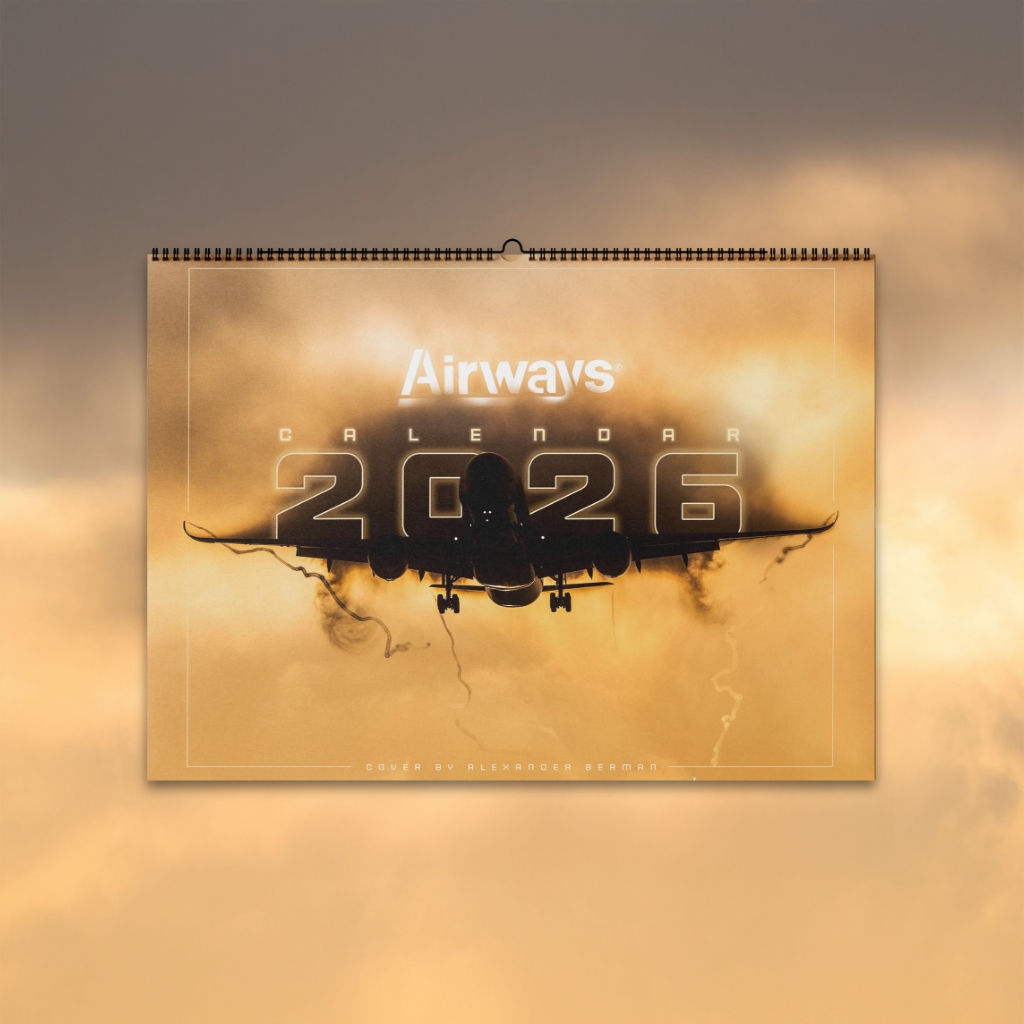DALLAS – South Korea’s Ministry of Land, Infrastructure, and Transport (MOLIT) has designated an Aviation Safety Innovation Committee to review systemic issues that have eroded public confidence in air travel.
These reforms followed the Jeju Air (J2) crash and the Air Busan (BX) fire incident.
The Jeju Air accident occurred on December 29, when a Boeing 737-800 crashed at Muan International Airport (MWX). The aircraft suffered a bird strike during its approach, forcing a failed belly landing.
The plane slid off the runway, striking a concrete structure and resulting in 179 fatalities. The presence of feathers in both engines confirmed the bird strike as a contributing factor. Adding to the complexity of the investigation, the flight's black boxes stopped recording four minutes before the crash.
Less than a month later, an BX A321ceo caught fire while on the ground at Gimhae International Airport (PUS). The conflagration, caused by an overhead luggage bin, necessitated the evacuation of 176 passengers and crew. No injuries were reported.
The constituted committee comprises 20 members and is divided into the Aviation Safety Division and the Airport Facility Improvement Division.
Mandates include strengthening airline operating license reviews, amending airport construction regulations, and achieving operational certification.
The findings will be preliminary and based on inspection visits to the airlines and airports and studies of incidents. The public hearing in April will finalize all these safety measures.
Initial Reforms
In response to the J2 crash, MOLIT ordered all airports to install bird detection systems, including thermal imaging cameras and radars. These systems would supply real-time data on bird movements, which would be relayed to air traffic controllers to improve their responses.
Additionally, mobile sonic devices would be installed to deter birds, and stricter regulations would relocate bird-attracting facilities, such as waste treatment plants, from airport vicinities.
Furthermore, seven airports nationwide will remove or modify concrete barriers similar to those involved in the J2 crash. Low-cost carriers are also subject to additional safety checks.
Deputy Minister Baek Won-kuk emphasized that rebuilding trust in the aviation system requires a ground-up approach. The committee aims to establish a comprehensive safety framework addressing immediate and long-term challenges.
This part of the reform mainly focuses on improving the airport's operations. A detailed survey of facilities that may attract birds to airports, including food waste treatment plants and orchards near the airport, is underway. New legal frameworks will now demand strict distance regulations from such facilities.
According to MOLIT, the new reforms will affect safety spending and disclosure mechanisms for aviation safety expenditures will be assessed to provide transparency and accountability.
International Approach
The committee will also study international safety standards and integrate best practices into South Korea's aviation policies. By analyzing lessons learned from others, it aims to formulate “a robust yet flexible framework.”
Investigations in both cases are still ongoing. The results will likely provide more insight, further refining the proposed measures. The public hearing set for April will gather comments from experts and citizens alike to ensure that reforms are comprehensive and practical.
Use NordVPN for fast and secure streaming at home or traveling—no bandwidth or data limits for VPN traffic. Connect up to 10 devices with one account to protect you and your loved ones during your journey. Get 72% off NordVPN's 2-year plan today!




.webp)
